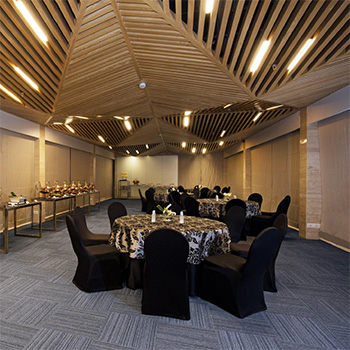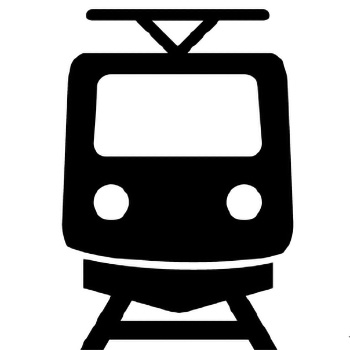The most primary means of commuting within a country and in its cities is its public transportation systems. These systems get flooded every everyday with commuters and tourists that wish to use these systems to their full extent but are commonly confronted with problems in wayfinding and even language. Here in Mumbai, the public transportation system is the lifeline of commuters. The system is a complex web of services, woven with railways, metro, mono and bus transport. The most common problem that comes across while commuting through these systems is the wayfinding. There are systems in place for wayfinding, but they stand inadequate when confronted with the density of population and its diversity. Symbols and signs are now being used widely due to their ever-increasing need in wayfinding at public spaces, where masses of people interact and language becomes a barrier in communication. But it was observed that symbols that are responsible for guiding an individual to his/her destination are modified to meet the aesthetics of each individual system and then executed using hand-painted symbols, stencils and even stickers, depending on the overall budget. These symbols vary with every mode of transport, from bus to rail to metro, eventually creating a chaotic wayfinding experience. Here, the need to create a standard for the execution of symbols arises to ease the wayfinding experience of tourists and commuters and facilitate the ease of execution of more wayfinding systems in the near future, as more transportation systems might get included in the same web.



